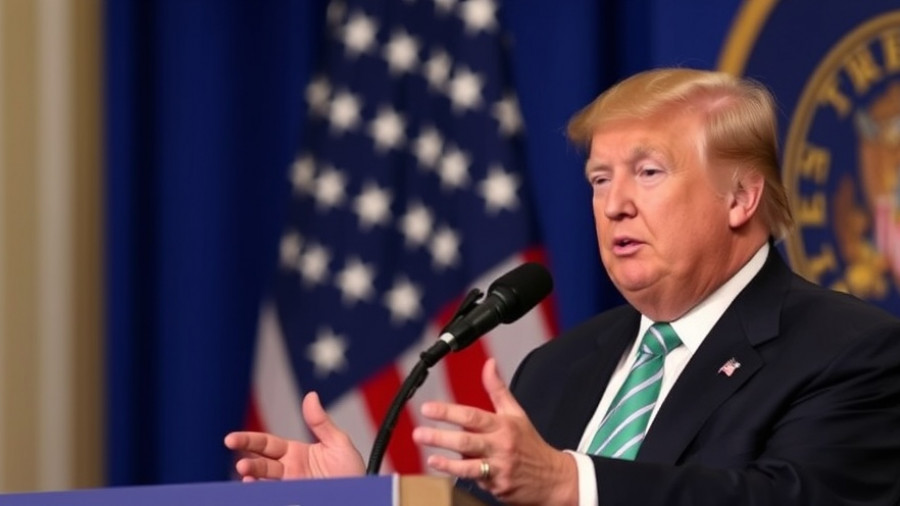
Emails Reveal Strong Industry Influence Over EPA Decisions
The unprecedented release of nearly 1,000 emails from the Trump administration’s Environmental Protection Agency (EPA) by the Sierra Club highlights the concerning relationship between the agency and various industries. This collection, garnered through a Freedom of Information Act request, underlines how corporate interests influenced key environmental decisions, particularly regarding vehicle emissions and hazardous substances like PFAS and PFOA. Such communications offer critical insights into how the EPA's direction has been shaped, often at odds with its fundamental mission to protect public health and the environment.
Understanding Corporate Lobbying Tactics
Many of the emails exhibit a clear pattern: automotive and chemical industries actively sought to reverse protective regulations. For instance, amid the recent push to nullify California's waiver policy allowing stricter vehicle emissions standards, corporations like Toyota and Ford were reportedly eager to sway decisions within the EPA. These companies' meetings with senior officials illustrate a pervasive lobbying culture aimed at rolling back environmental protections. This underscores an essential question for environmental advocates: how much does industry pressure dictate the actions of our federal agencies?
Implications for Environmental Policy
The revelations come at a time when the EPA is grappling with balancing regulatory measures and economic pressures. The emails indicate a broader trend where industries challenge environmental standards that threaten their profit margins. Andrea Issod from the Sierra Club expresses deep concerns, stating that such insights reveal a dangerous normalization of corporate influence at the highest levels of government. The health and safety of our communities hang in the balance as these decisions unfold.
The Role of Transparency in Environmental Governance
This release also raises fundamental questions about transparency within federal agencies. As advocates for environmental integrity highlight, the public must remain aware of who is lobbying their government and how those interests are affecting environmental policies. The Sierra Club’s efforts to secure these emails represent a commitment to shining a light on these relationships, prompting a call to action for similar disclosures from other governmental bodies.
Call to Action: Be Informed and Engaged
As these findings surface, individuals are encouraged to engage with local and national environmental groups, advocating for policies that prioritize public health over profits. By remaining informed and active, citizens can contribute to holding their government accountable, ensuring that decisions reflect the needs of the populace and the planet. It's vital to advocate for greater transparency in all levels of government to foster an accountable and responsive political apparatus.
 Add Row
Add Row  Add
Add 




Write A Comment